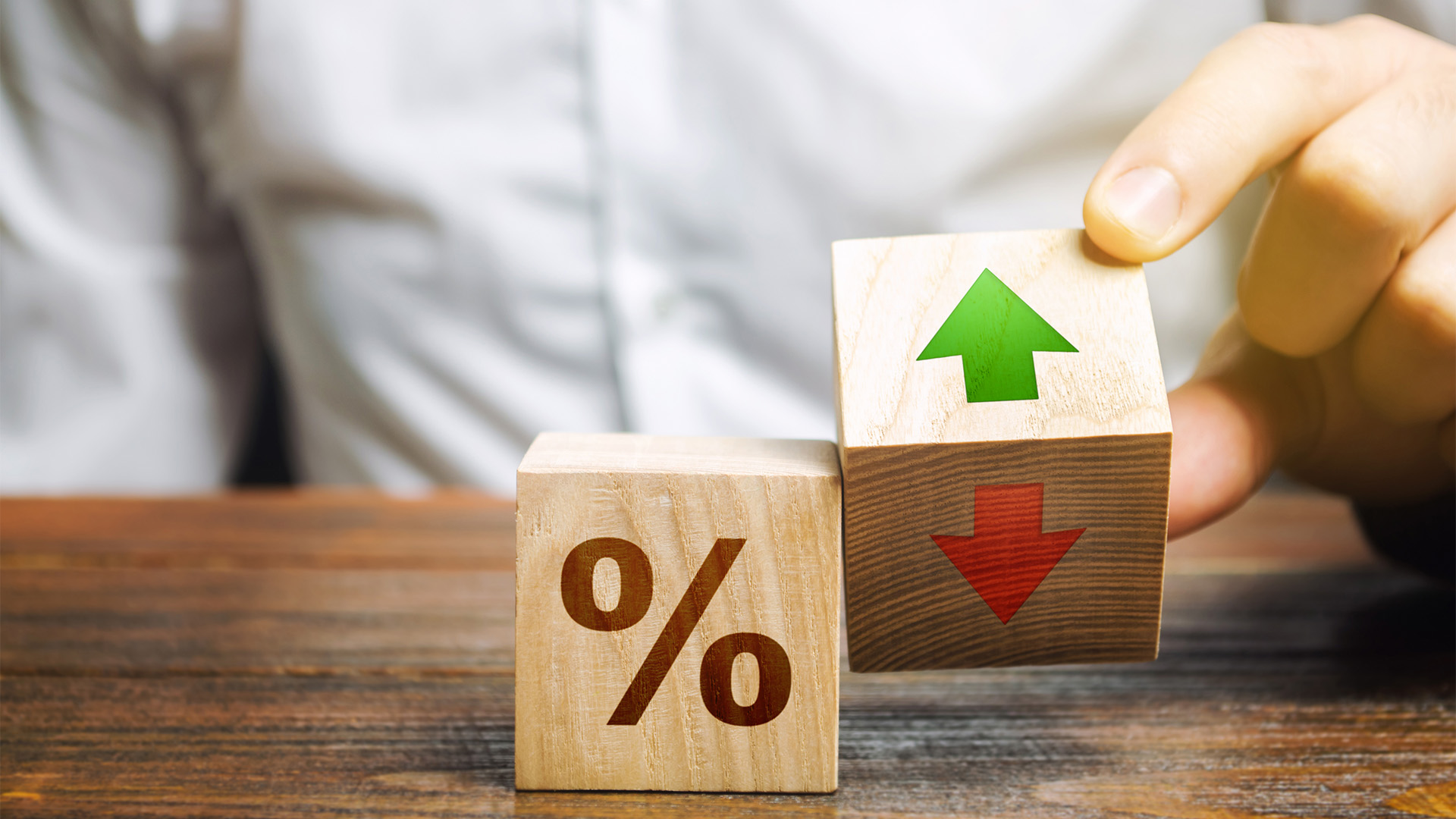Hello, it’s the US Consumer Price Index here, back again to terrorise markets and investors for a day or two this week.
This time the data will be for January and knowing how y’all loves me, I will be released (appropriately) on Valentine’s Day (Tuesday).
Standby for a clichéd headline or three if I’m really bad, or really good.
If I’m lower as the markets hope, our love affair can continue, but if I’m bad and another big surprise, it could be another V-Day massacre for investors large and small – even for a brief moment.
Now a word of warning – all those smart people in the markets got the January jobs data horribly wrong. Their forecast for 185,000 new jobs is a long, long way from the actual 517,000 that were created in January and so a repeat of that massive miss for the CPI would knock markets sideways.
An unchanged or higher reading would not make markets very happy and would be a big worry for investors and for the Fed where chairman Jay Powell has been trying vainly to make investors understand that interest rates could rise for longer if the jobs or inflation outcomes are higher than expected.
What’s the outcome likely to be, then?
Economists polled by Dow Jones forecast a 0.4% increase in headline CPI on a monthly basis and an annual rate of 6.2%. That would be down from the 6.5% annual rate in December (and 2022) while the monthly rate would be sharply higher than the 0.1% drop in December (which would be a worry for some investors).
The AMP’s Chief Economist Shane Oliver thinks there could be a big rise in month-on-month inflation but an easing in the annual figure.
“The January CPI is expected to show a pick up in the monthly inflation rate to 0.5% partly due to higher gasoline prices but annual inflation falling again to 6.2% (from 6.5%).
“Core inflation is expected to fall further to 5.5%yoy (from 5.7%). Producer price inflation (Friday) is also expected to slow to 5.5%yoy,” Dr Oliver wrote in his weekly note at the weekend.
Moody’s economists agreed in their weekend note: “We expect headline prices will have grown more quickly than in recent months as gasoline prices creep higher and used vehicle prices stem their declines. On a year-over-year basis, inflation will continue moderating thanks to favourable base effects.”
Emmanuel Cau, an analyst at Barclays in New York, said the US inflation data will likely be a market catalyst going forward. “More than the central banks’ rhetoric, we think it is the inflation data that will dictate the direction of travel for markets from here,” he said in a note to clients Friday.
Friday saw inflation worries boost the yield on the 10-year Treasury bond, which helps set rates for mortgages and other loans, to 3.73% by Friday’s close from 3.66% late Thursday.
That saw the yield on the 10-year bond jump a worrying 21 points (0.21%) last week, a big gain when investors were supposed to have been convinced the Fed chair in comments on Tuesday, was not as hawkish about inflation and rates as he has been in the past.
The two-year yield, which moves more on expectations for Fed policy moves, ticked up to 4.50% from 4.48%. It was at 4.08% just over a week ago and is near its highest level since November. The yield on this bond was up more than 20 points (0.20%) last week.
And the US dollar? It rose 0.35% on Friday (according to the US dollar index) to be up 0.64% for the week which saw the Aussie dollar retreat to end the week at 69.14 US cents. That was down a third of a cent on the day and just the tiniest drop of 0.06% for the week.
Clearly bond market and forex players became very cautious last week ahead of the CPI tomorrow and the producer price data later in the week.
The US inflation data overshadows everything else this week – earnings here, in the US and Europe, as well as the January jobs data for Australia.
Besides the CPI and PPI, US retail sales for last month will be released midweek, as well as industrial production – economists say both are expected to show a small improvement on December’s weak readings.
US February home builder conditions on Wednesday) are expected to remain weak with housing starts on Thursday falling further in January.
US December quarter reporting continues. with another 70 S&P 500 companies listed to release their figures.
…………
In Australia, Reserve Bank governor Philip Lowe is expected to shed some light on the RBA’s more hawkish tone of late when he appears before Senate and House Economics Committees on Wednesday and Friday respectively.
The AMP’s Shane Oliver says this sounds like overkill “but Senators obviously want to get in on the action too.”
He says that we can expect weak consumer confidence data, a further fall in January business conditions according the NAB business survey and Thursday’s January jobs data to show a slight rebound of +20,000 jobs after a 15,000 fall in December with unemployment unchanged at 3.5.
Moody’s economists wrote at the weekend ” We expect modest job gains through January to have kept unemployment close to 3.5%. From there, it will gradually lift, reaching 3.9% by the end of the year.”
In the UK, CPI inflation for January is out on Wednesday and is likely to show a further slowing while Japanese December quarter GDP tomorrow is likely to show a 0.5% quarter on quarter bounce back after the 0.,2% contraction in the September quarter.













